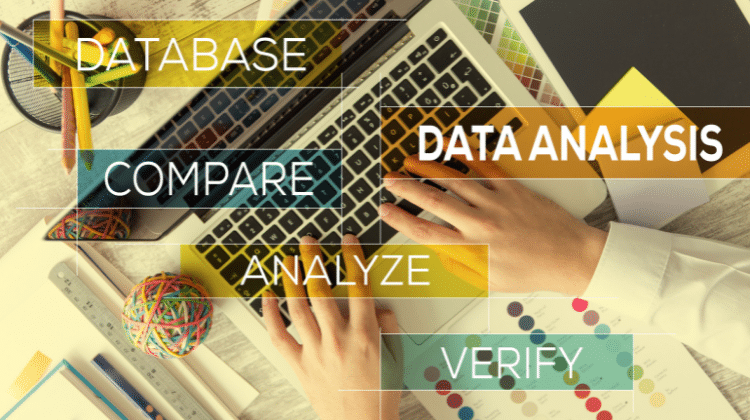
Brought to you by Smartproxy:
What characterizes a data-driven business decision?
It’s the opposite of following your instincts, which can foment actions that disregard tangible insight.
Now, more than ever, the immense wealth of data available to companies is vital to growth and success. The term in question involves collecting information on measurable goals, identifying patterns, and producing solutions to develop strategies that benefit an organization in various ways. This includes:
- Adapting to change
- Increasing revenue
- Predicting trends
- Streamlining operations
As for obtaining the requisite data, the conventional approach is to source it from suppliers. The alternative is to take control and gather data independently. This is where there is an opportunity for vertical integration. After all, how useful can supplier-provided data really be when the exact same information is sold to your competitors?
The most valuable insights lie in the data you keep to yourself. In this guide, you get an outline the fundamentals of data-driven business decisions and how web scraping facilitates effective data acquisition.
Web Scraping 101
Let’s begin with some basics on web scraping and where it’s utilized.
In short, web scraping is the automated process of extracting data from publicly available resources. The primary tools for performing this task are known as crawlers or spiders. These are bots that copy data on websites and store it in a SQL database or a similar location. Also integral to web scraping are proxies such as the Selenium rotating proxy.
As this article explains, a proxy network that’s optimized for Selenium enables you to leverage its full potential. Your web scraping activities remain undetected by websites as the proxy conceals your IP address and location. Selenium stands alongside Beautifulsoup, Pandas, Request, and Scrapy as the leading web scraping frameworks and tools.
There are numerous use cases for web scraping that span across all industries and business sizes. Here are the most common sources of data:
- Big data and government websites for research
- Competitor websites to assess marketing strategies
- Customer reviews to improve products and services
- Email addresses for lead generation and mass messaging
- Product or service prices to draw comparisons
- Social media and news sites for trending topics
Regardless of the goals for your project or the software you use, each web scraping operation comprises a script. When it’s initiated, your crawlers will navigate the target resource and select any relevant information. After everything is collected, the data is exported and parsed in the appropriate format, be it Excel, JSON, PDF, or XML.
Data-Driven Decision Making
There’s more to making data-driven decisions than simply analyzing and acting on insights. You need to know and stay aware of your biases, for example, as it’s important to eliminate preconceived notions from the decision process.
Another key step is to establish clear objectives before starting an assessment. This is particularly crucial for data teams, who thrive on well-defined strategies and key performance indicators (KPIs) that are relevant to the project. In the same light, proper management and an organized approach is imperative when handling tidal waves of data.
Once you’re able to effectively set goals, you must identify the right questions and find any that are unresolved. This will help you focus on the insights that matter instead of having to griddle through irrelevant data. Also, keep in mind that in certain cases, customer or user feedback can serve as a valuable tool for deeper analysis.
Listed below are a few extra tips and takeaways for better data-driven business decisions:
- Consider revisiting and reevaluating previous assessments
- Continue adapting and refreshing your objectives
- Set measurable goals before taking action
- Regularly check your data and ensure that you’re tracking the right metrics
- Use data visualization software to present meaningful insights
Web Scraping Tools
The range of web scraping frameworks and software continues to grow with the data analytics landscape. What’s great about today’s options is that there’s something for every skill level. In fact, you don’t need any programming expertise at all. And if you’d rather forgo the technicalities entirely, you can always hire a data broker.
Here’s a brief overview of some popular web scraping tools:
- ParseHub makes it easy for beginners to launch their first web scraping projects. It’s as simple as clicking the parameters you want to cover, and the tool will handle the rest.
- Scrapy is an open source framework for web crawling that’s completely free to use. The standout features include fast and scalable data extraction and compatibility with every database. It also has built-in support for file downloads.
- Request is another Python library that specializes in streamlining http requests. This is vital to successful web scraping as the activity involves making anywhere from hundreds to millions of requests to the target site.
- Panda focuses on data analytics and manipulation. It’s free under a BSD license, which is tied to minimal restrictions.
Honorable mentions include BeautifulSoup, Cheerio, Puppeteer, Octoparse, Scipy and of course, Selenium. Be sure to keep these tools top-of-mind as you devise an approach to web scraping.
With ample proficiency in data-driven decision-making and web scraping, you can expect to discover a wealth of insights that propel your business to new heights. You may need to tackle a few challenges along the way, but rest-assured that it will be well-worth the effort.